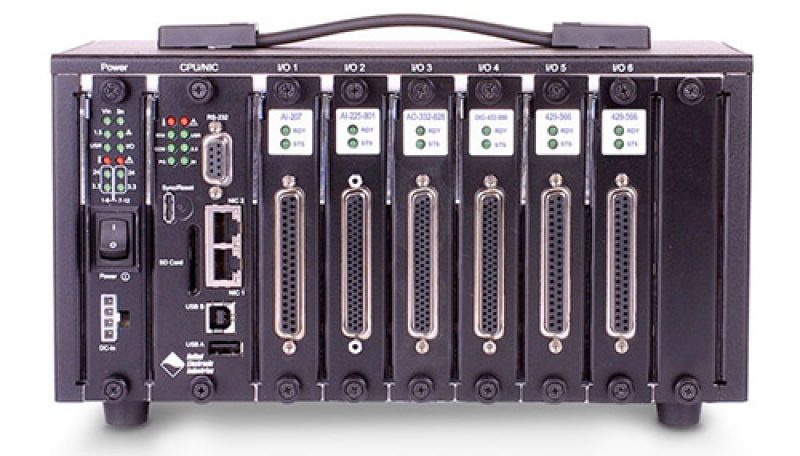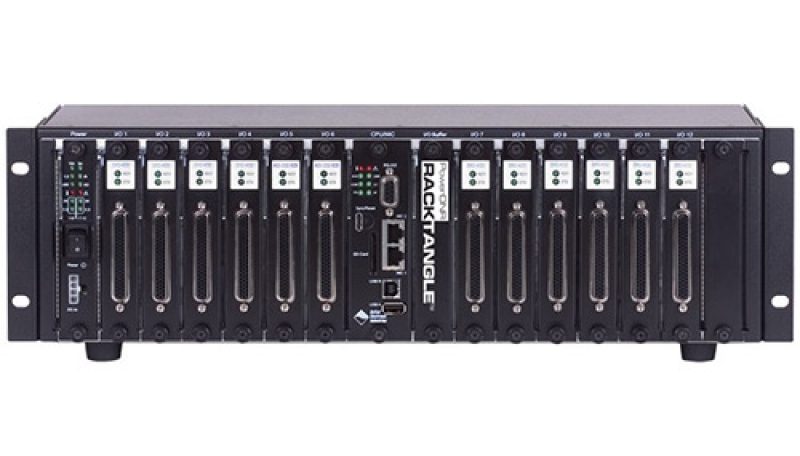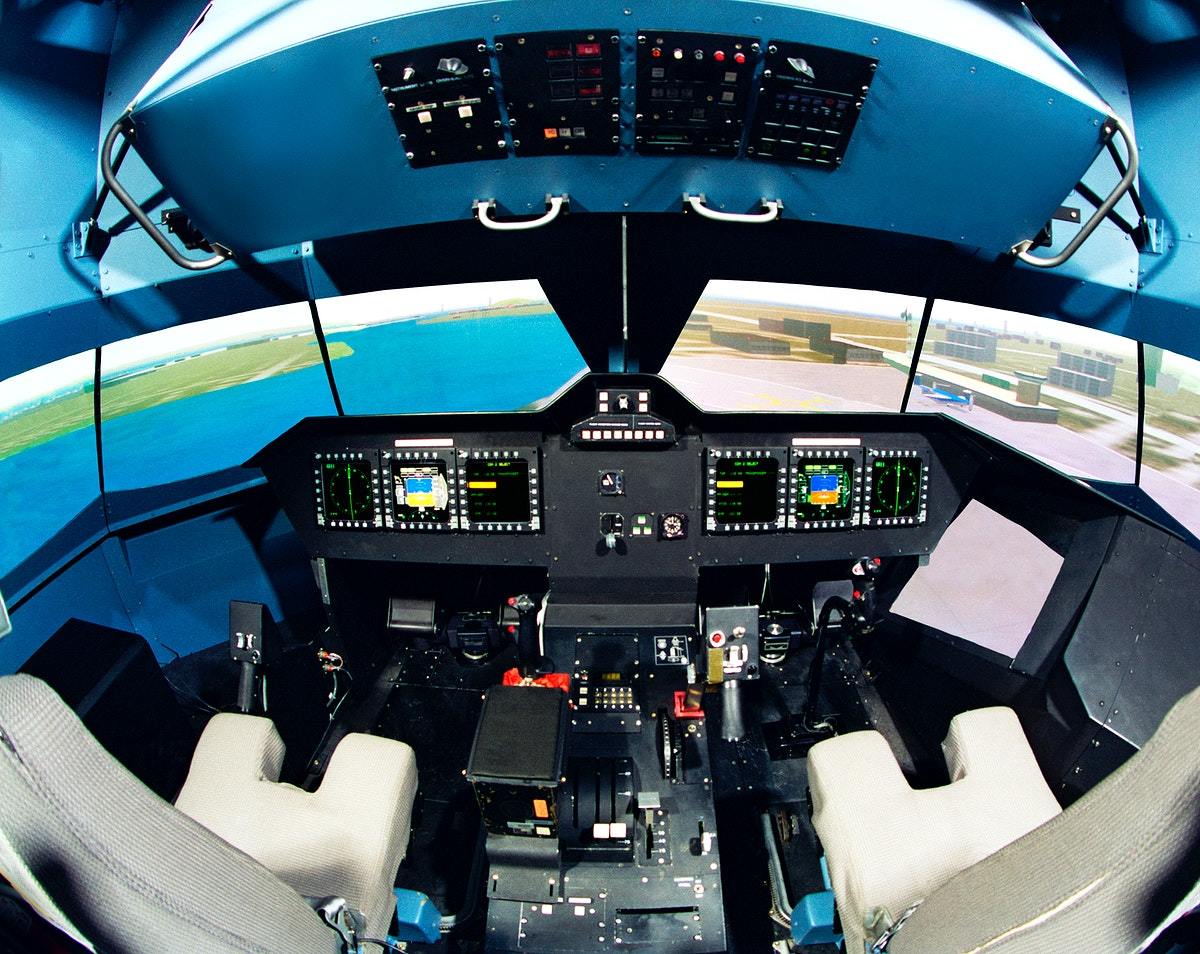
Compact (3U), 6-slot, rugged, Gigabit Ethernet Data Acquisition and control rack
DNR-6-1G

Compact (3U), 12-slot, Rugged, Gigabit Ethernet Data Acquisition and Control Rack
DNR-12-1G
General
(508) 921-4600
Email Sales
Email Support
UEI Europe Office
+49 40 63698136
Email EU Sales
Visit this page for local offices and distributors.


NASA’s VMS (Vertical Motion Simulator) complex is a high-fidelity flight simulation system with the capacity to travel vertically and laterally with six degrees of freedom. The VMS provides real-time piloted simulation and realistic sensory cues through six ICAB (Interchangeable Cabin) systems. These systems can be modified to simulate any vehicle, including those still in the design stage — which makes it an invaluable tool for the research and development of new flight vehicles. VMS is also routinely used to train astronauts and pilots, as it provides a no-risk, low-cost hyperrealistic flight experience.
NASA needed the VMS’s simulations to be extremely precise and accurate, since the VMS complex would be used to inform future aerospace vehicle design decisions and help astronauts and pilots learn vehicle controls and behavior.
DAQ and control hardware needed to be capable of collecting and storing a variety of real-time data and sending accurate response commands to ICAB instruments and displays, including inceptor systems (such as a pilot’s stick and pedal), out-the-window graphics, and both modern electronic and traditional dial-type instrument panels.inform future aerospace vehicle design decisions and help astronauts and pilots learn vehicle controls and behavior.
NASA was having trouble synchronizing the transfer of input and output data, resulting in inaccurate simulations.

To guarantee reliable and rapid data collection, UEI installed RACKtangle I/O systems in all ICAB units, and the central VMS system interfaces.

Using UEI software, the RACKtangles collect inputs from ICAB sensors, write them to memory in the VMS system, and update outputs based on the stored data and vehicle specifications. A clock signal sent to each RACKtangle initiates the periodic update of inputs and outputs which ensures that all RACKtangles are synchronized.

By using low-latency data mapping technology — UEI software ensures that all data from hundreds of channels are refreshed on each cycle. This method ensures low latency at loop rates up to 4 kHz across a large number of channels and chassis.
 | UEI HARDWARE HELPS THE VMS PRODUCE REAL-TIME, HIGHLY SYNCHRONIZED, HIGH-FIDELITY AEROSPACE FLIGHT SIMULATIONS. |

UEI hardware guarantees a high synchronization rate and minimal jitter, allowing for precise control.

Fast and synchronized data transfer ensures a smooth, efficient and real-world simulator.

Thanks to UEI I/O hardware, the VMS can produce true-to-life simulations that inform the future of aerospace flight technology and prepare astronauts and pilots for flight in a minimal-risk environment.
